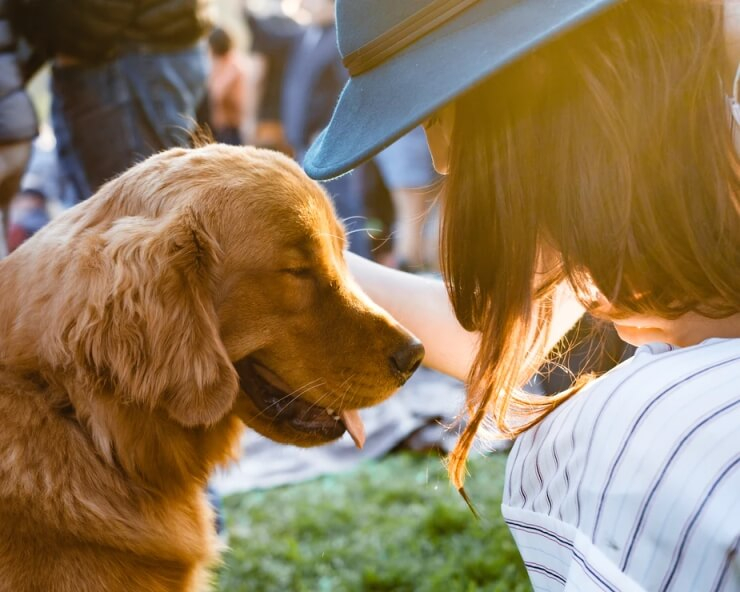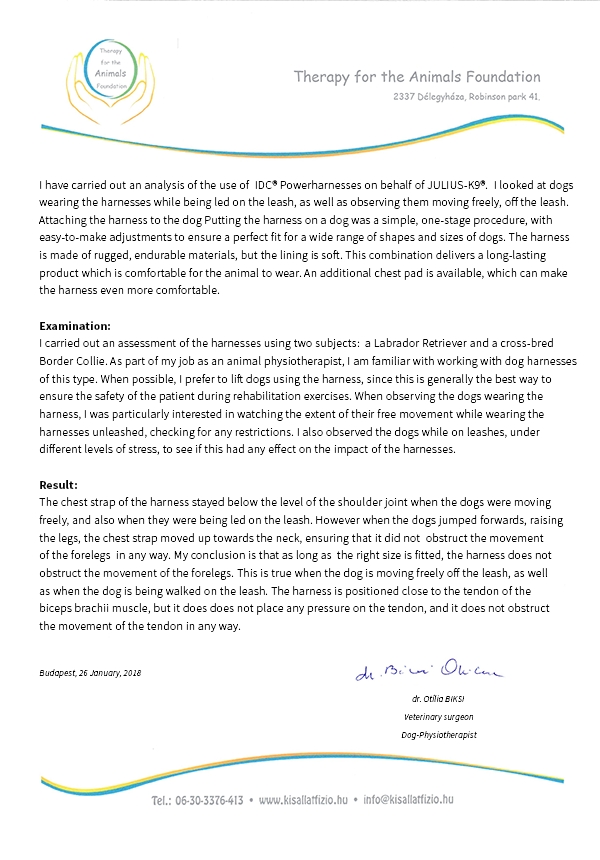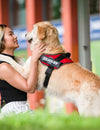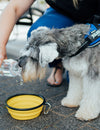
Dog Physiotherapists Opinion on IDC® Powerharnesses

Dr. Otilia has been performing dog physiotherapy treatments at the clinic of the Faculty of Veterinary Science of St.Stephens University, since 2006. In 2018 she provided her professional opinion of our IDC® Powerharness.

Letter
I carried out an analysis on the dynamics of the IDC® Powerharnesses on behalf of Julius-K9®. I looked at dogs wearing the harnesses while being led with a leash, as well as observing them moving freely, off the leash.
Attaching the harness to the dog – putting the harness on a dog was a simple, one-stage procedure, with easy-to-make adjustments to ensure a perfect fit for a wide range of shapes and sizes of dogs. The harness is made of rugged, durable materials, but the lining is soft. This combination delivers a long-lasting product which is comfortable for the animal to wear. An additional chest pad is available, which can make the harness even more comfortable.
Examination:
I carried out an assessment of the harnesses using two subjects: a Labrador Retriever and a cross-breed Border Collie. As part of my job as an animal physiotherapist, I am familiar with working with dog harnesses of this type. When possible, I prefer to lift dogs using the harness, since this is generally the best way to ensure the safety of the patient during rehabilitation exercises. When observing the dogs wearing the harness, I was particularly interested in watching the extent of their free movement while wearing the harnesses unleashed, checking for any restrictions. I also observed the dogs while on leashes, under different levels of stress, to see if this had any effect on the impact of the harnesses.
Result:
The chest strap of the harness stayed below the level of the shoulder joint when the dogs were moving freely, and also when they were being led on the leash. However when the dogs jumped forwards, raising the legs, the chest strap moved up towards the neck, ensuring that it did not obstruct the movement of the forelegs in any way. My conclusion is that as long as the right size is fitted, the harness does not obstruct the movement of the forelegs. This is true when the dog is moving freely off the leash, as well as when the dog is being walked on the leash. The harness is positioned close to the tendon of the biceps brachii muscle, but it does not place any pressure on the tendon, and it does not obstruct the movement of the tendon in any way.
Dr. B Otilia, veterinary surgeon, dog physiotherapist





